Let There Be More Light
Shedding Light on Dodge’s Super-Lite!
In a recent story about the junkyard discovery of a 1969 Dodge Polara 500 convertible, we stumbled onto something even more surprising and shocking than the car’s 4-speed manual transmission – the car also had the rare Super-Lite option, which lasted just two model years, 1969 and 1970.
The Super-Lite consisted of a single quartz-iodine lamp located within a projector-like bezel and capped with a polished spherical lens. The thick glass lens was designed for minimal “light scatter” outside of a tightly controlled “cone” of pure, white light aimed at the right hand side of the road – away from the eyeline of oncoming traffic. The system, co-engineered by Massachusetts-based electronics giant Sylvania, also included a control switch that toggled on or off in conjunction with the floor dimmer switch.
The Super-Lite’s objective was to eliminate the hassle and danger of constantly toggling between the low beams and high beams while driving at night. Thanks to the soft yet pure illumination provided by the Super-Lite, only the low beams were needed in most nighttime driving situations, and these two light sources could stay on even when approaching oncoming traffic.
By contrast, with traditional low/high beam lighting, failure to dim the high beams to oncoming traffic usually resulted in eye strain – and anger – on the part of oncoming cars, sometimes leading to futile high beam jousting and headaches for everyone involved.
Before Dodge launched Super-Lite for the 1969 model year, extensive testing was conducted to ensure successful operation. In one study, over 1,000 miles were driven at night on interstate and double-lane highways in vehicles equipped with prototype Super-Lite systems to measure the response of oncoming drivers to various degrees of glare.
With the standard high beams on (a very rude way to drive at night), 36 percent of oncoming cars took enough offense to flash their high beams in retaliation. With the low beams and Super-Lite activated (and left on all the time), the retaliation number dropped to just 1.2 percent, clearly it was a win/win for everyone involved. Better yet, the cost of this advanced safety item was a mere $50.00.
Because Super-Lite involved cutting a 3-inch circular hole in the driver-side of the grille and fitment of a bolt-in mounting cage, Super-Lite was not compatible with the 1969-70 Charger’s drop-down headlamp covers. In fact, the only factory-installed Super-Lites were seen on full-size Polara and Monaco models. Challengers, Darts, Coronets and the aforementioned Charger were not offered with Super-Lite during the option’s 1969-70 lifespan, nor was the option factory installed on Plymouth or Chrysler vehicles; it was strictly a Dodge thing.
That said, the Super-Lite system did carry a Chrysler Corp. part number (2949388) so it is possible that some were installed by Mopar® owners looking for its nighttime advantages on their non-Polara / Monaco vehicles.
The Super-Lite was certainly a step in the right direction when it comes to night driving safety. But as is often the case, certain conservative states couldn’t see the advantage and outlawed the device. Dodge promoted the Super-Lite fairly heavily in dealer brochures and press releases that ran in numerous national magazines. In fact, Motor Trend devoted a full two pages to the Super-Lite story in one of its 1969 issues.
Exact production numbers are not presently known to exist, but this writer would guess that perhaps five percent of the roughly 203,000 Polaras and Monacos built in 1969 and 1970 were factory-built with the $50.00 Super-Lite option for an approximate total of around 10,150 made. This figure may seem high, but this writer has seen about a dozen Super-Light-equipped 1969-70 full-size Dodge vehicles and an internet image search turned up a surprising number of hits. One thing is for sure, two of them exist today at Stephens Performance in Anderson, Alabama (256/247-1332). Let’s take a closer look.
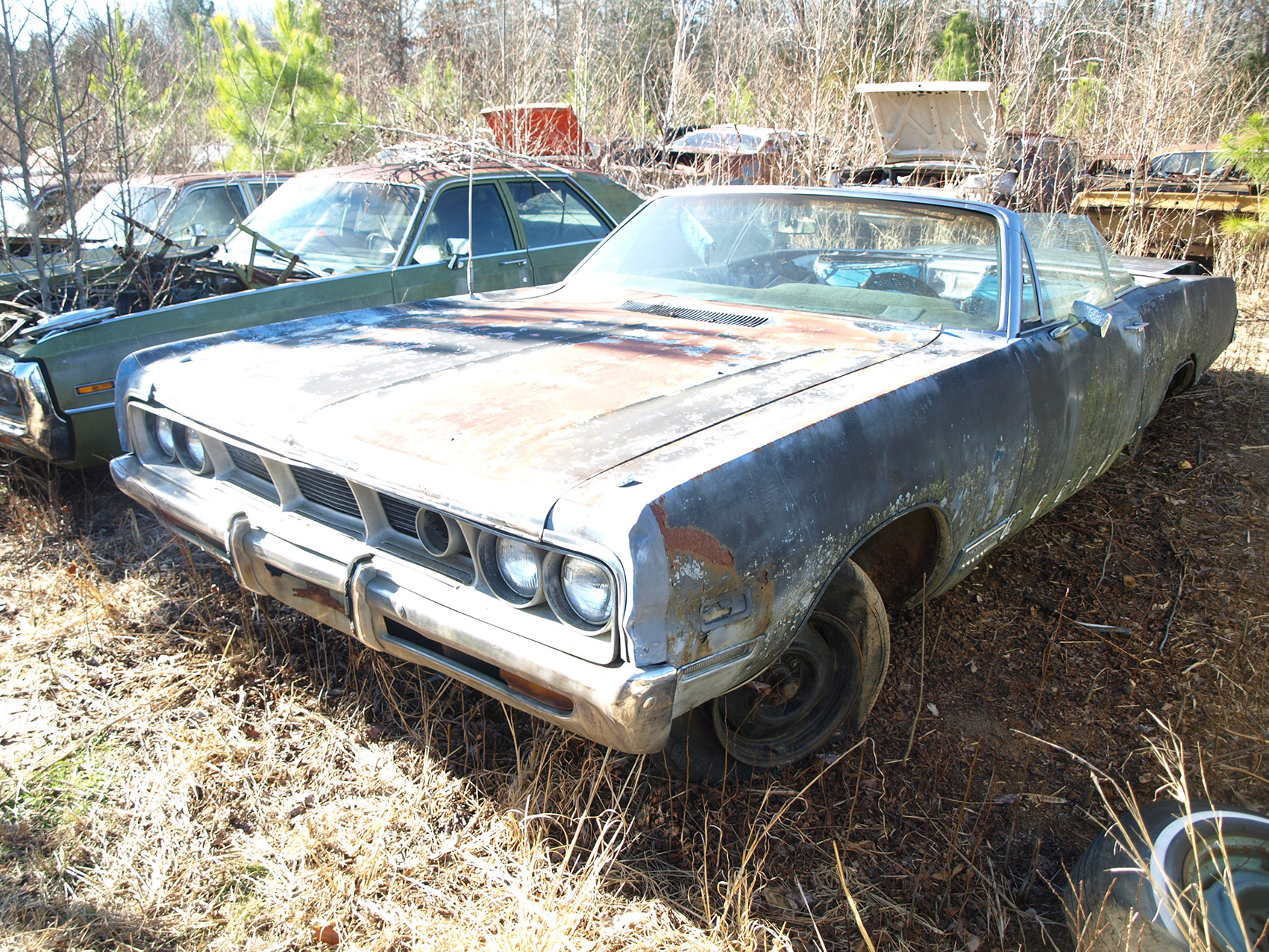
The empty circular hole inboard of the driver side headlamps marks this 1969 Polara 500 as a Super-Lite machine! Though only the bezel is left here, Stephens Performance had a complete Super-Lite car for further scrutiny. Some critics say the asymmetrical lighting configuration upsets the grille design.
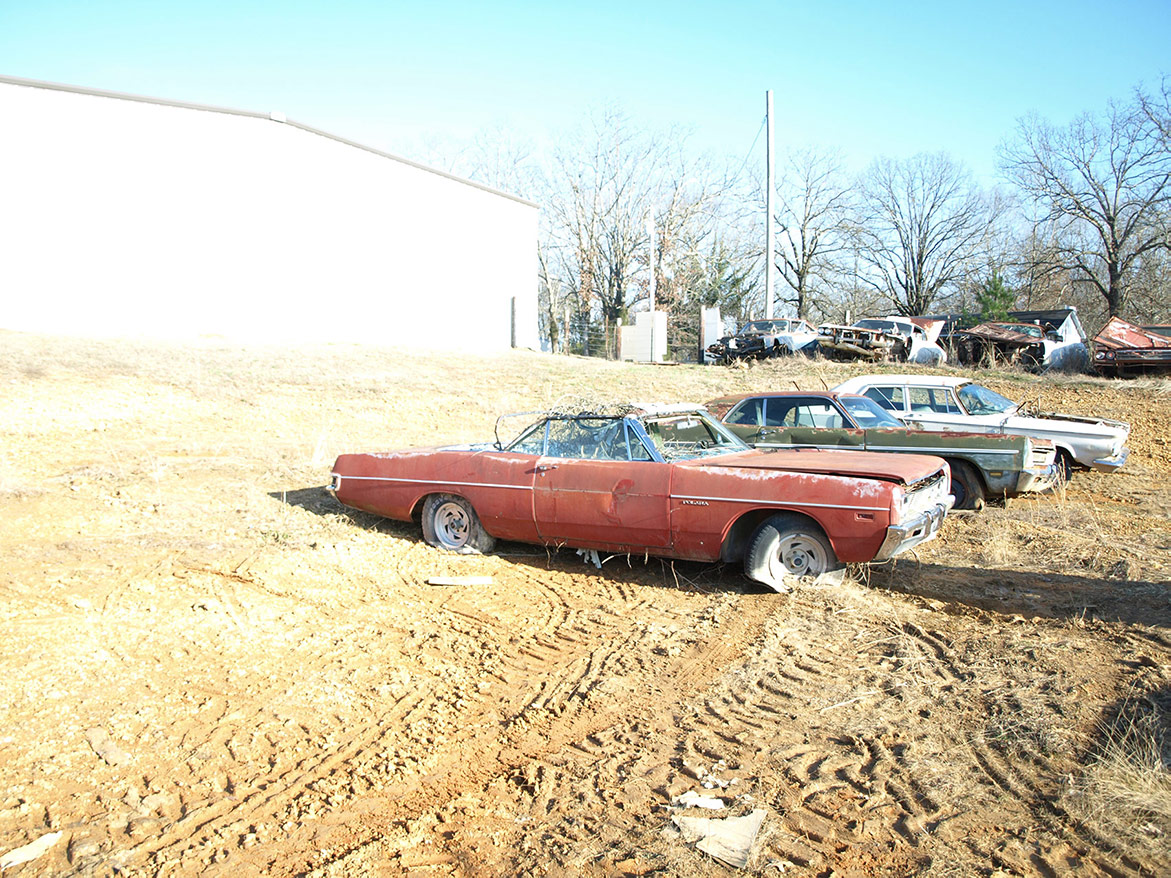
Though also powered by the optional 383 Magnum (just $138 more than the base 318 2-barrel), this red 1969 Super-Lite ragtop is a base Polara, and lacks the sporty bucket seat interior included in the Polara 500. Only 1,495 Polara and Polara 500 convertibles were built in 1969.
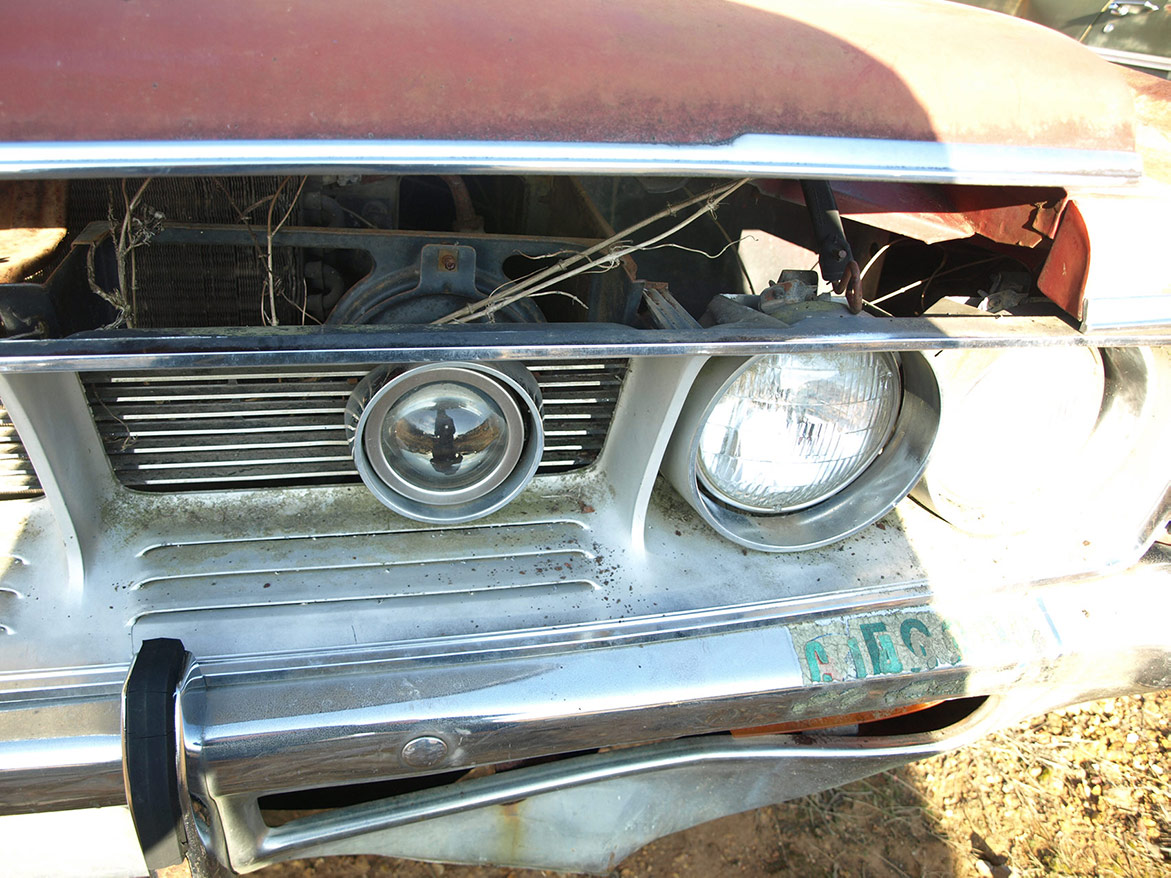
Behind the polished spherical lens, an 85-watt Sylvania transverse-filament quartz-iodine bulb provides clean, bluish light to bolster the low beam headlamps. Aimed at the right hand area ahead of the car, the lens focused the light beam away from the eyes of oncoming drivers. Installed on the regular assembly line, the die cast metal Polara (and Monaco) grilles show signs of cutting to accept the Super-Lite. Dodge didn’t go to the expense of making a specific grille for the Super-Lite, although the clearance work looks very clean.
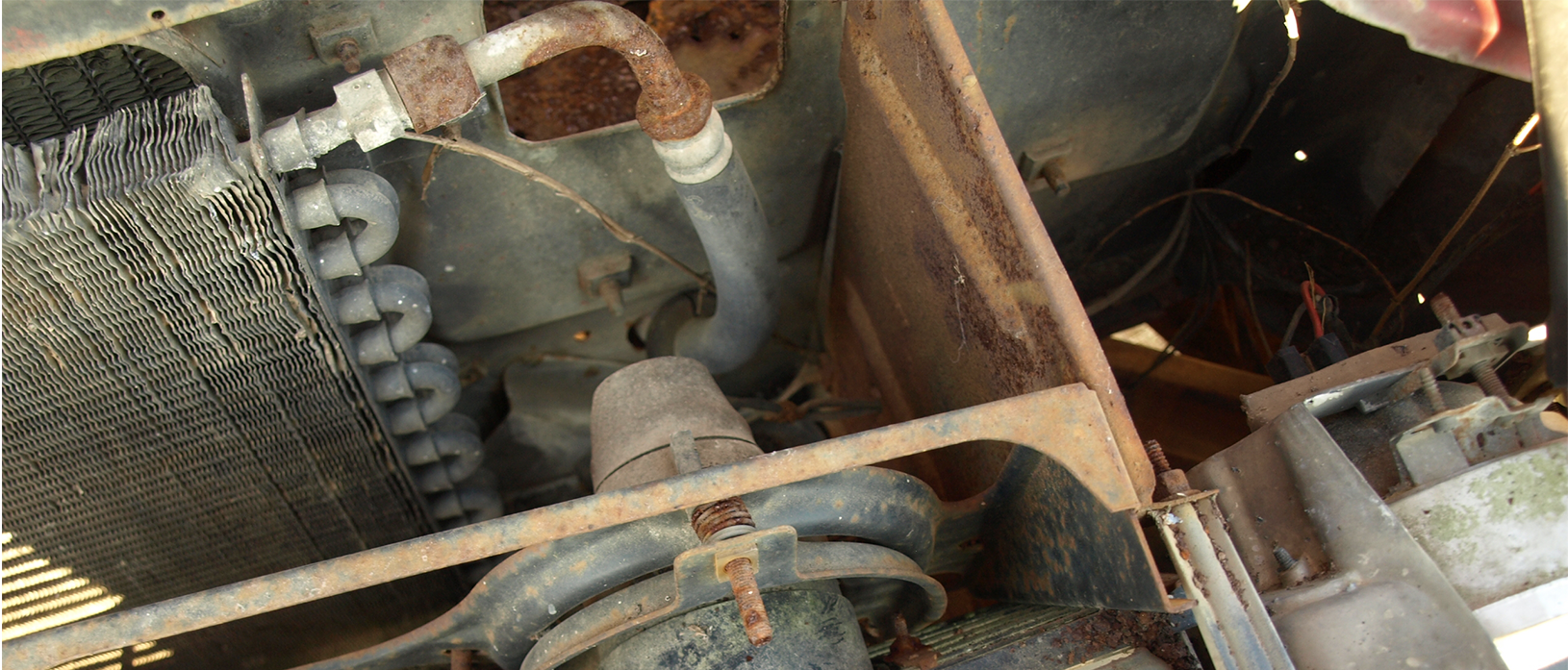
Viewed from above, the cylindrical body of the projector assembly requires a specially stamped support member for rigid mounting and the ability to be correctly aimed. The cone-shaped rubber end cap unplugs for access to the quartz-iodine bulb within. Notice the spring-loaded adjustment screws needed to achieve – and maintain – proper aim of the “tube of white light” created by the special lamp. With Super-Lite, the high beams were only needed for emergencies.
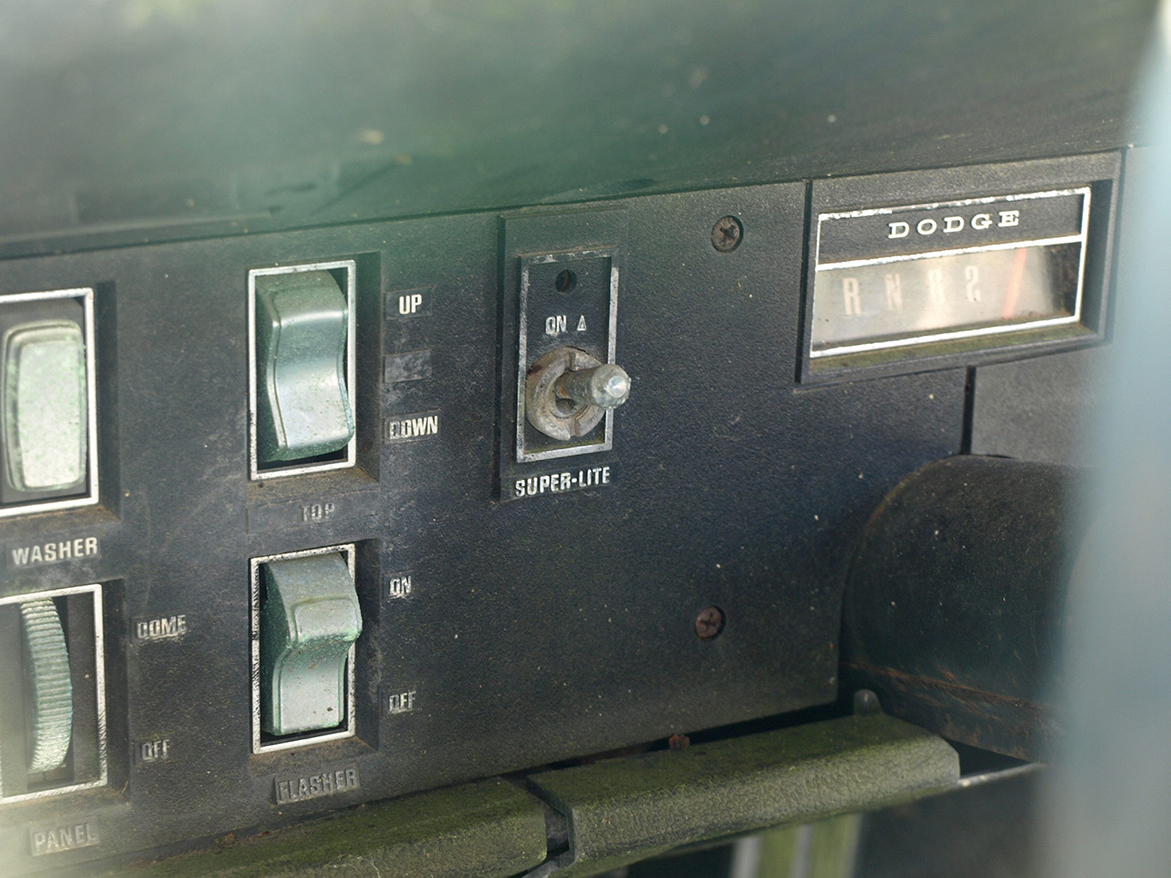
Inside, the Super-Lite toggle switch is wired into the floor-mounted dimmer switch. With the toggle “ON” (up), the foot-operated dimmer switch delivers low beams or low beams plus Super-Lite with alternating clicks. With the toggle switch down, the Super-Lite circuitry goes dormant and the floor dimmer switch resumes normal low beam / high beam headlight function. The small hole at the top of the Super-Lite face plate contains a blue lamp that illuminates when switched “ON”.
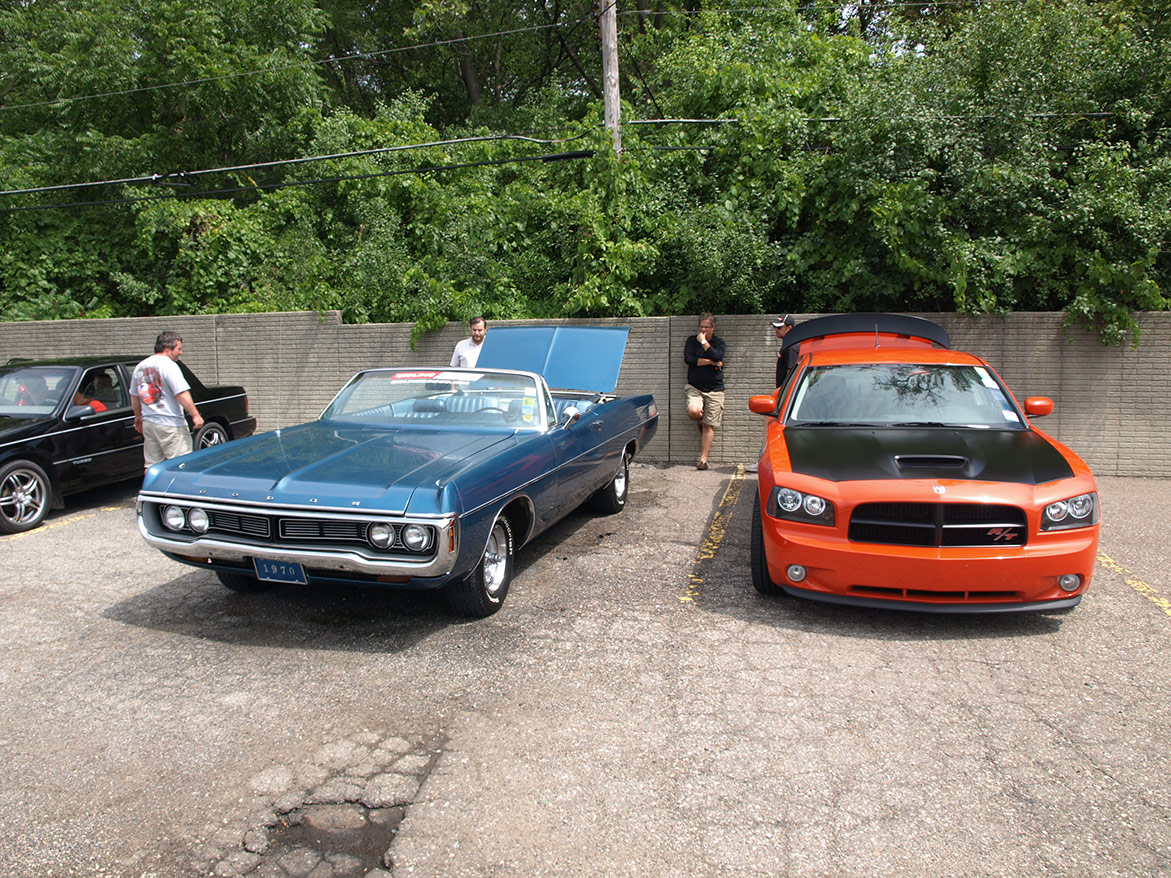
This picture was taken at the 2012 Woodward Dream Cruise. The owner of this 1970 Dodge Polara convertible told me he had recently purchased a N.O.S. (new old stock) Super-Lite system for his vehicle application and was planning to install it (notice the non-Super-Lite grille in place). He said the system had a specific grille insert with a neatly cut hole for the lens. That’s fellow DodgeGarage contributor Dave Hakim standing between the Polara and his orange Charger Daytona.
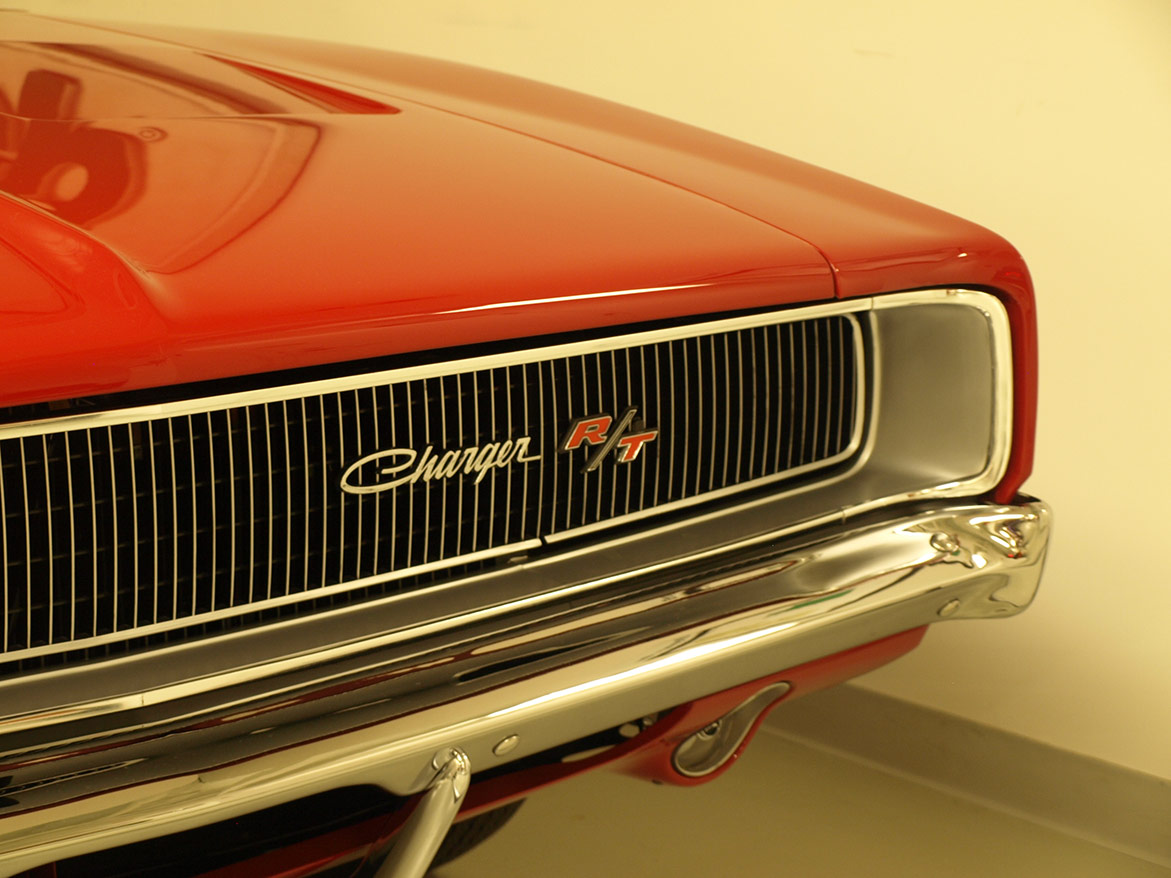
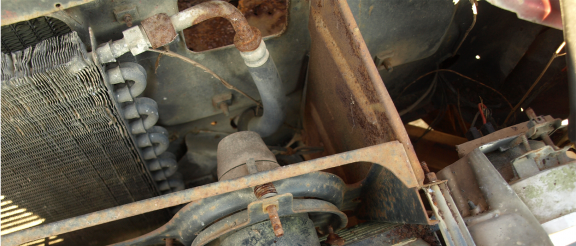
0 Comments